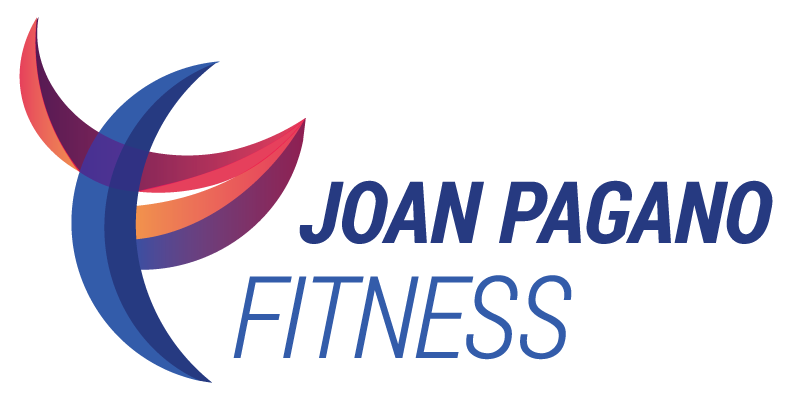Bone Density Test - Why It's Important and What It Means
Introduction by Joan to Part 9 of her new series, The Best Exercises for Osteoporosis Prevention
Getting a bone density test is important for osteoporosis prevention. Before we get into that, let’s cover a brief explanation of osteoporosis.
What is Osteoporosis?
Osteoporosis is a decrease in bone mass leading to enhanced bone fragility and risk of fracture. Loss of bone mass causes the structural deterioration of bone tissue.
What is Bone Composition?
Normal bone is living, dynamic tissue, constantly being renewed. Osteoporosis is caused by a disruption of the bone renewal or remodeling process, which replaces old bone with new. When bone breakdown outpaces formation, the bones deteriorate.
Bone serves as a repository of minerals, mostly calcium and phosphorous, which gives bones their hardness and strength. The bone mineral density test measures bone density, the amount of bone mineral you have in certain areas of bone. It can tell you if you have low bone density before you break a bone.
What is the Best Bone Mineral Density (BMD) Test?
The best available screening we have for bone strength measures bone mineral density (BMD) using a DEXA scan (Dual-energy X-ray absorptiometry), where two x-ray beams are aimed at the bones. When the soft tissue absorption is subtracted, the bone’s mineral density can be determined from the absorption of each beam by bone. The level of exposure to radiation is about 50 times lower than of that of a mammogram. It is a brief, noninvasive test covered by Medicare after age 65. For younger women past menopause, a scan may be appropriate depending on their risk factors for osteoporosis.
The most popular risk assessment tool is called the FRAX Calculator, which estimates your risk of having an osteoporosis-related fracture in the next ten years. It involves a list of about a dozen factors, including age, gender, weight, height, previous fracture, parental fracture history, smoking, alcohol consumption and use of steroids. If your FRAX assessment indicates a risk of fracture, then you are encouraged to get a DEXA scan to determine your level of bone mineral density (BMD).
Bone Density Test: What the Numbers Mean
A BMD test measures your bone mineral density and compares it to that of an established norm or standard to give you a score. Although no bone density test is 100-percent accurate, the BMD test is an important predictor of whether a person will have a fracture in the future. The readings are generally taken on one side of the body (right or left) at three sites - the wrist, hip and spine.
T-Score vs. Z-Score
There is no universal form for reporting the results of a DEXA scan. The reports vary widely in appearance depending on where the test was done. Women often bring me their report asking how to interpret the measurements, which look like a series of hieroglyphics.
Generally, you see two different scores, the T-score which compares your bones to those of a young, healthy adult, and the Z-score, comparing you to age-matched peers. The T-score is the definitive one since it shows the degree of bone loss with age, a normal process since we all lose bone mass and strength as we get older; however, we do not all develop osteoporosis. Differences between your BMD and that of the healthy young adult norm are measured in units called standard deviations (SDs). The more standard deviations below 0, indicated as negative numbers, the lower your BMD and the higher your risk of fracture.
World Health Organization (WHO) definitions based on bone density levels:
Normal BMD within 1 SD (+1 or -1) of the young adult mean
Low Bone Mass (Osteopenia) BMD between 1 and 2.5 SD (-1 to -2.5) of the young adult mean
Osteoporosis BMD of 2.5 SD (-2.5) or more below the young adult mean
To learn more about if you are a candidate for a Bone Density Test, learn the three steps of the Osteoporosis Screening.
Image credit by PublicDomainPictures from Pixabay
Joan Pagano Kitchen Sink Leg Lifts
How Exercise Can Help
After age 40, the goals of exercise are to maintain bone mass, offset or reduce bone loss and improve balance and coordination to prevent falls. Exercise should maximize the load to the bones with a progressive (i.e. gradual intensification) program of weight bearing aerobic exercise, weightlifting and balance training. Since loading the bones is site-specific, target the skeleton from all angles with focus on the sites that are vulnerable to fracture - the wrist, spine and hip. If you've already been diagnosed with osteoporosis, avoid jarring the spine and other vulnerable joints.
Of course, this information should not take the place of guidance from your own physician or other medical professional. Always consult with your doctor before beginning an exercise program or becoming much more physically active.
For more detailed information about finding the appropriate level of intensity for exercise relative to your level of bone density, please read my blog, Which Exercise is Best for Osteoporosis?
© Copyright – Joan L. Pagano. All Rights Reserved Worldwide.
Joan Pagano serves on the National Osteoporosis Foundation Ambassador Leadership Council. For expert guidance on strength training techniques, step by step photos depicting how to perform the exercises and a selection of well-rounded workouts please check out Joan’s book Strength Training Exercises for Women at https://amzn.to/3mm1GDN
Disclaimer: The information presented in this article should not be construed as medical advice. It is not intended to replace consultation with your physician or healthcare provider.


